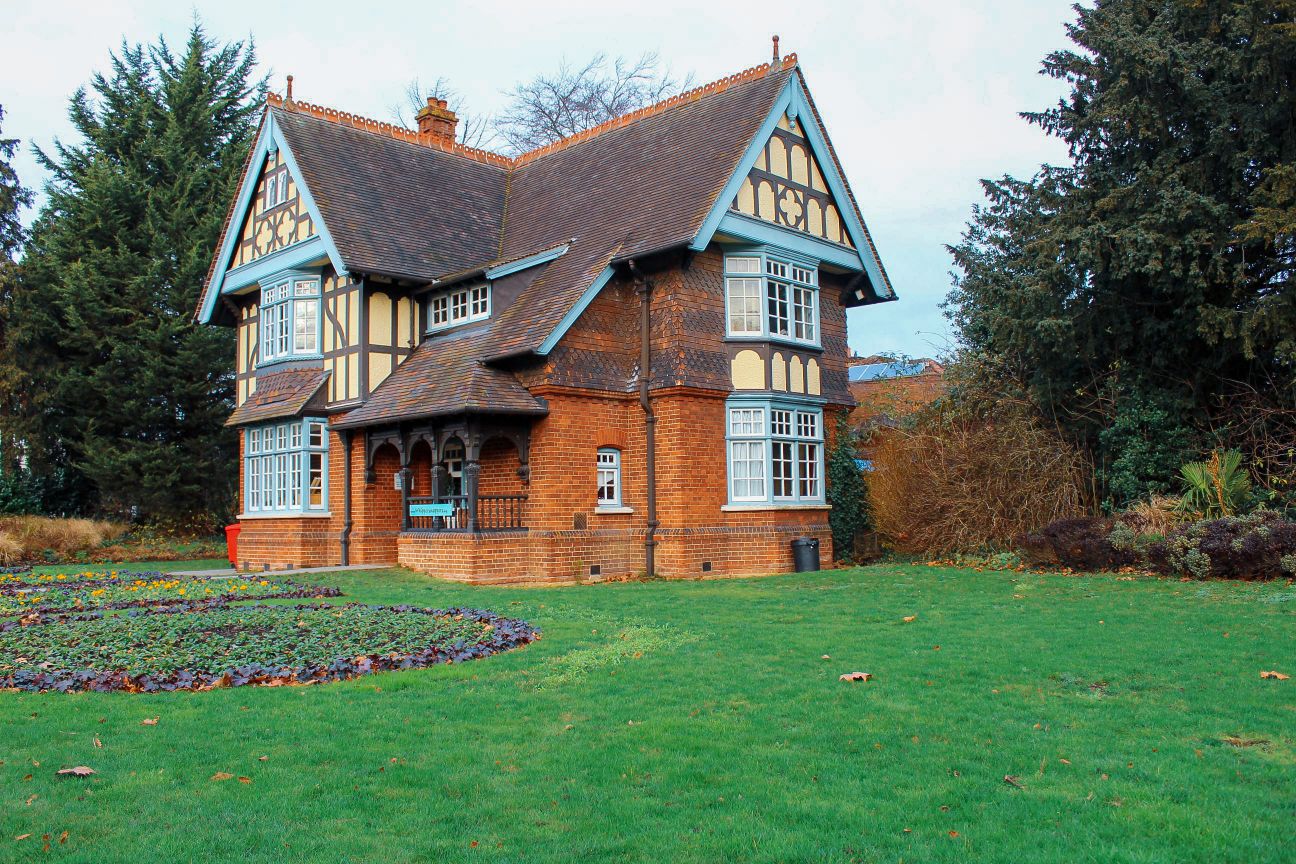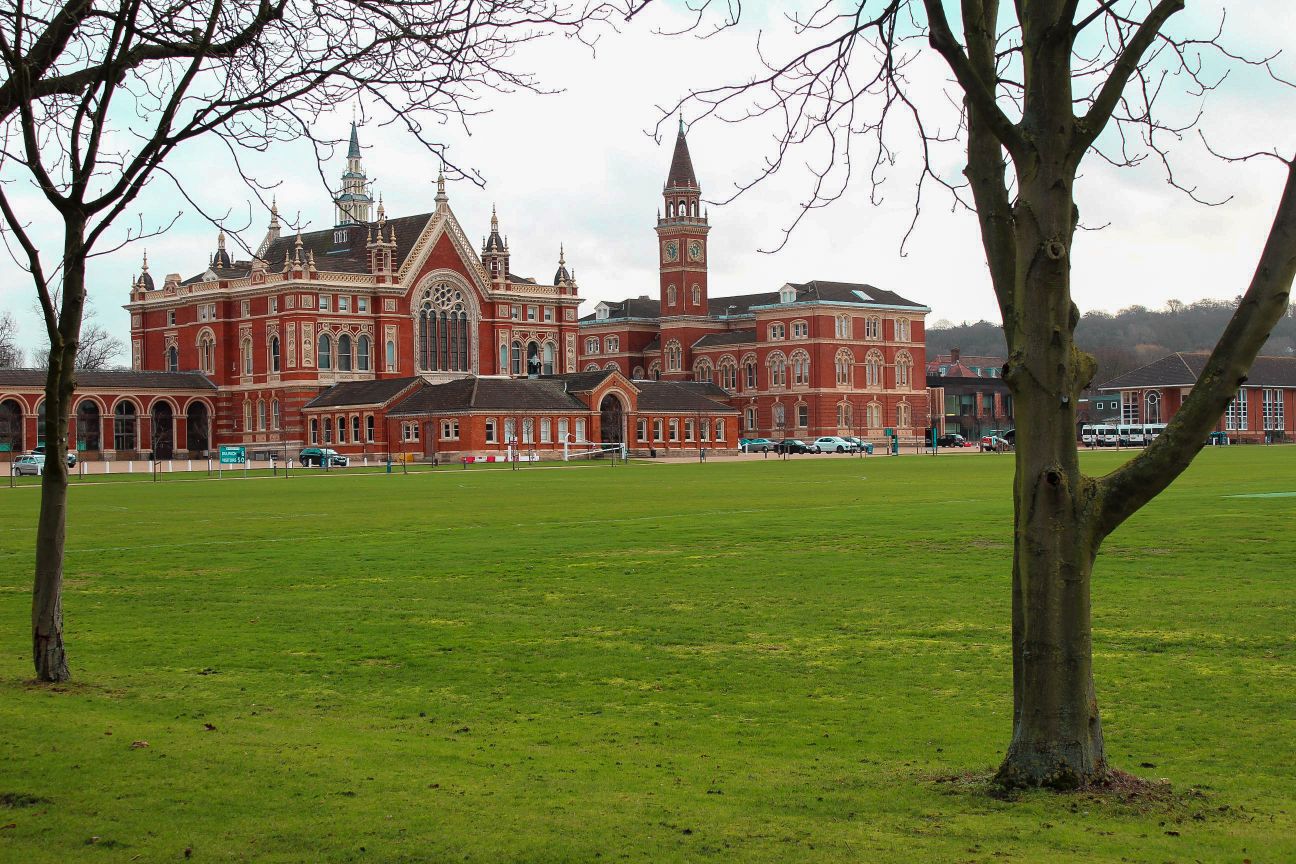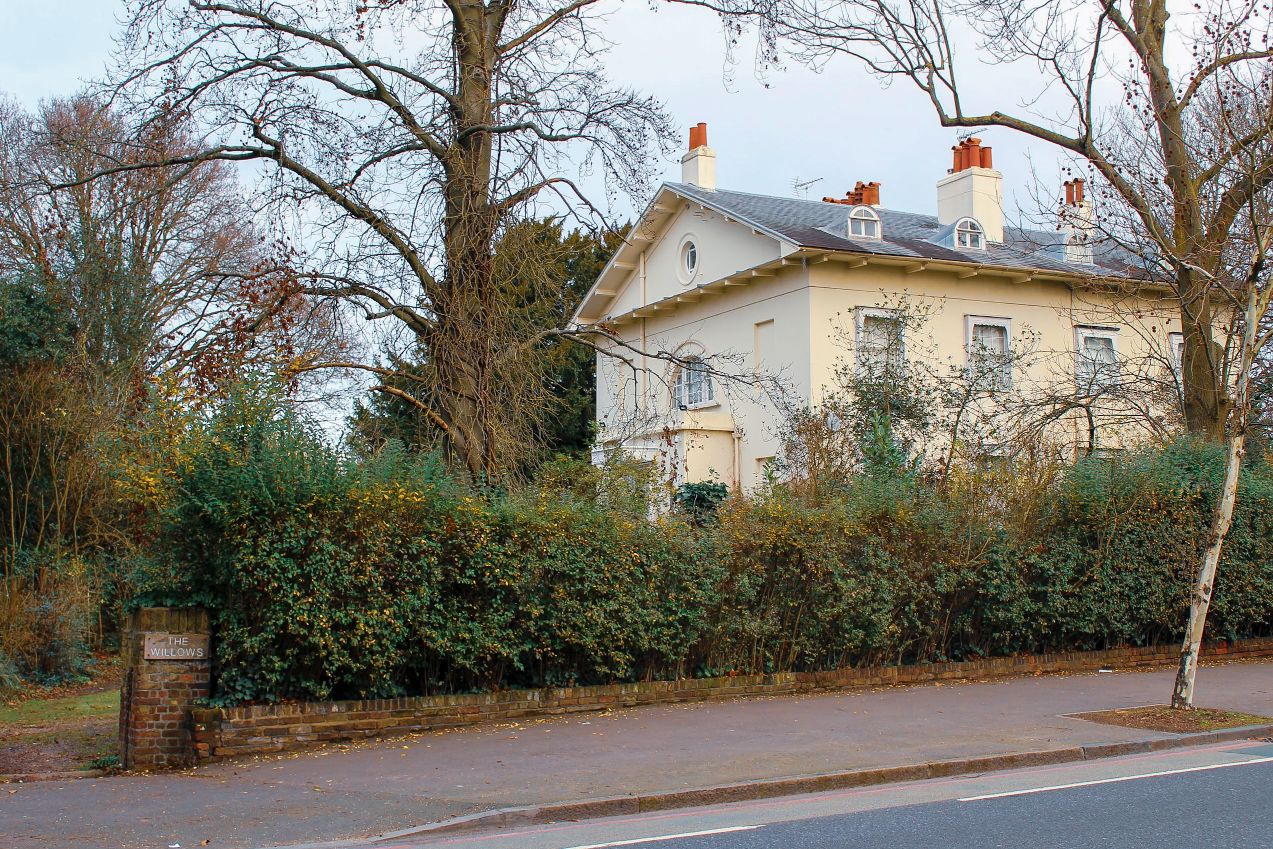I accidentally discovered Dulwich Village, on one of my wanderings through the neighborhoods of wintery London. Through the window of the P4 bus, going from Lewisham to my favorite Brixton, Dulwich Village unexpectedly caught my attention. The atmosphere of an authentic village just a few kilometers from the heart of London enchanted me enough to come back the next day to find out.
Dulwich Village, London

South-east London’s Dulwich Village is a true miniature of the English countryside – endless expanses of greenery, Georgian and Victorian dwellings surrounded by gardens, golf courses, sports facilities, parks, attractive trails. That’s exactly the part of its charm; that it has managed to retain the feel of the typical English countryside, although it’s only 18 minutes from London Bridge. The refined wellbeing with its lavish nature, rich history, elegant surroundings and independent private schools and colleges make the neighborhood a first choice for affluent Londoners. The area is essentially divided into three individual neighbourhoods – East Dulwich, West Dulwich and Dulwich Village – each with its own distinct charm, but Dulwich Village claims the title of the oldest and most affluent district.
How to get to Dulwich Village
There are trains that regularly connect central London with West Dulwich Station and North Dulwich Station, with the latter closer to the heart of the neighborhood, but this is relevant. The area is also served by several buses connecting it to central London and other areas.
A Wintery Walk in Dulwich Village

Dulwich Village is an ideal destination for escape within the city, even in the heart of winter. On such a winter’s day I walked the streets of Dulwich Village and honestly loved it. And with my hand on the heart, this village of Zone C is in the top 3 London neighborhoods I would choose to live in.
Dulwich Park

What more refreshing than to start the day delightfully with a walk in the park. As you pass the main gate on College Road you will feel the smell of cedar mixed with this feeling of light morning humidity. Get a cup of coffee from the homey Dulwich Clock Café and enjoy your walk by the lake with its permanent residents to accompany you or follow the leafy paths. And if you get tired, sit on one of the Victorian benches and let your spirit travel to the beauty of the landscape. This green area spreads over about 380 acres offering a variety of activities and options.
Christ Chapel Church

The Chapel of Christ at number 14 College Street was the first of the buildings funded by Edward Alleyn. Dulwich’s history and development is inextricably linked to the 16th century English actor Edward Alleyn , whose vision was to create a charity to provide education to young people. Thus, in 1616 he founded the Chapel of Christ as a gift of God – CHRIST Chapel of God’s Gift – offering education and housing to young boarders. There is also the theatricalstatue of Edward Alley along with a young man symbolizing his great charity work.
Dulwich College

The continuation of Edward Alleyn’s vision was given by the creation of a college, the famous to date Dulwich College. With its long tradition and history, Dulwhich College is a landmark of the neighborhood. Apart from the magnificent main building of the College with its triangular coils, turrets and domes, the most I was impressed from the belief in the athletic ideal. You will encounter vast expanses of sports facilities that enhance the saying “a healthy body, a healthy mind”.
Dulwich Cottages

You don’t have to travel to the Costwolds or Cambridgeshire to look for lovely fairytale homes, just a walk through the Dulwich neighbourhood to find them. You will feel British beauty in its splendor! Victorian cottages, Georgian houses, character houses, houses frugal in the English countryside. Neat courtyards, lovely wooden fences, short-sleeved lawn, impressive details and style that enchants. You’ll meet houses with names that hide fascinating stories and rich pasts. Like Bell House, an elegant 1767 Georgian building and Belair House, an 18th-century neoclassical built in Adam Style. Today, they are offered for various events, with Bell House also functioning as an education center.
Dulwich Village Road

Dulwich Village Road is the social backbone of the neighborhood. Here you will look around at the windows of small independent boutiques, buy books from fancy bookstores, smell colorful flowers that will decorate your jar, enjoy hot drinks in cozy cafés and comfort flavors in selected restaurants.
Follow its paths

It is worth taking some time for a leisurely walk along the picturesque paths of the neighborhood and to feel the old character of the English countryside. Clusters of trees, rustic fences, white wooden signs, romantic paths make up an 18th century period scenery that challenges you to walk it.
Dulwich Picture Gallery

Don’t miss the Dulwich Picture Gallery, England’s first public art gallery founded in 1811. This artistic treasure of England, in addition to its permanently amazing collections, hosts from time to time top exhibitions from all over the world. You will have the opportunity to admire the emotion and expressiveness of Rembrandt, Rubens and many other remarkable artists. This cultural journey will fascinate you. Besides, art always fascinates.
Refined luxury and rural landscape: Dulwich Village reveals the other face of London, the human, the authentic. I hope you enjoyed our walk!